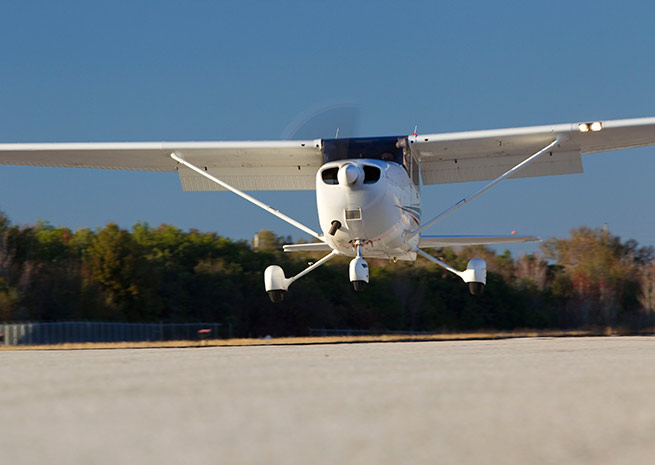A student pilot is landing a single-engine trainer during a session of flight-test prep. Airspeed is a few knots too high, however, and as the slippery ship enters ground effect, it floats and floats before finally settling down gently, in the proper landing attitude.
Not a checkride-perfect landing, but a fair demonstration of correcting an error with judgment, patience, and a light touch.
Same day, different airport: A heavily loaded four-seater is departing from a runway high in the mountains. It’s a hot day, but the aircraft becomes airborne at a surprisingly low airspeed, delighting the pilot with its responsiveness despite the high-density-altitude conditions.
The euphoria dissipates when the aircraft is unable to climb away. With the runway’s end and the tall trees beyond looming ahead, efforts to coax the aircraft to climb produce responses the pilot recognizes as those experienced during sessions practicing flight at minimum controllable airspeed! (But those sessions took place at a comfortable safe altitude, not down here above a rapidly receding runway.) Unable to climb, and unable to lower the nose to accelerate without contacting the ground, he is in a spot.
New pilots usually become aware of ground effect when learning to land; they learn to take advantage of its sensory cues and aerodynamic effects to pinpoint the aircraft’s position above a runway when completing the landing. In such cases the reduction of drag from ground effect, occurring up to about a wingspan above the surface, is your ally. But ground effect can compound airspeed imprecision, leading to floating and using additional runway during a landing.
Ground effect is also a factor on takeoffs. The conventional soft-field takeoff technique calls for the aircraft to be coaxed to fly as early as possible and then accelerated to safe climb airspeed in ground effect. Ground effect must be managed on normal takeoffs too.
"Due to the reduced drag in ground effect, the airplane may seem to be able to take off below the recommended airspeed. However, as the airplane rises out of ground effect with an insufficient airspeed, initial climb performance may prove to be marginal because of the increased drag," explains Chapter 5 of the Airplane Flying Handbook. Add in high, hot or heavy conditions, and the airplane may be "unable to climb out of ground effect."
Never rush your initial climb; be sure your aircraft is as eager to fly as you are.




